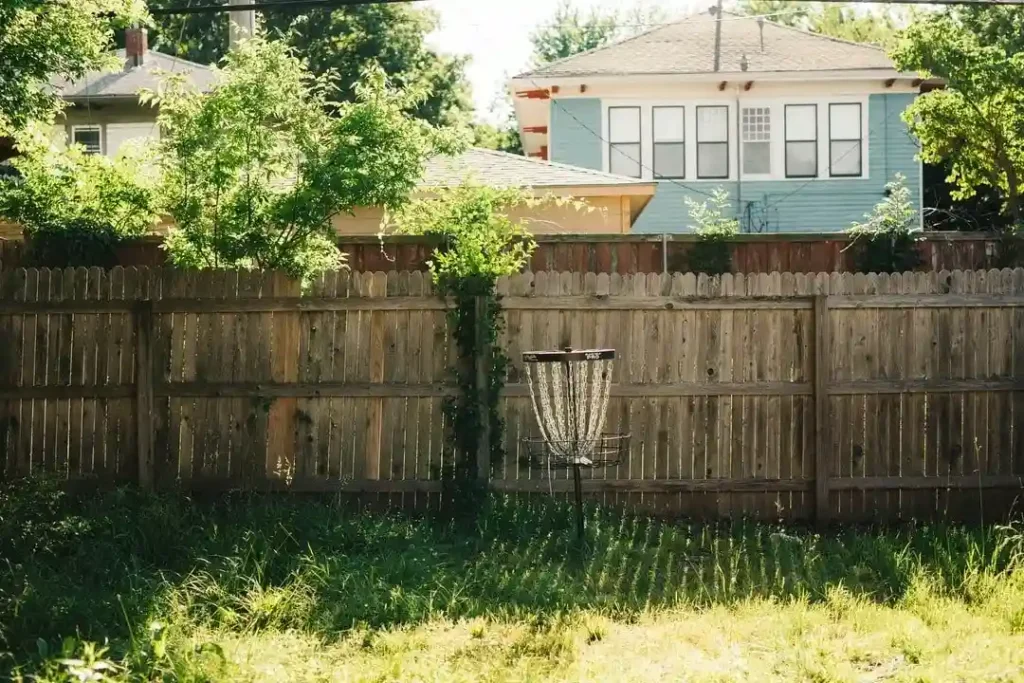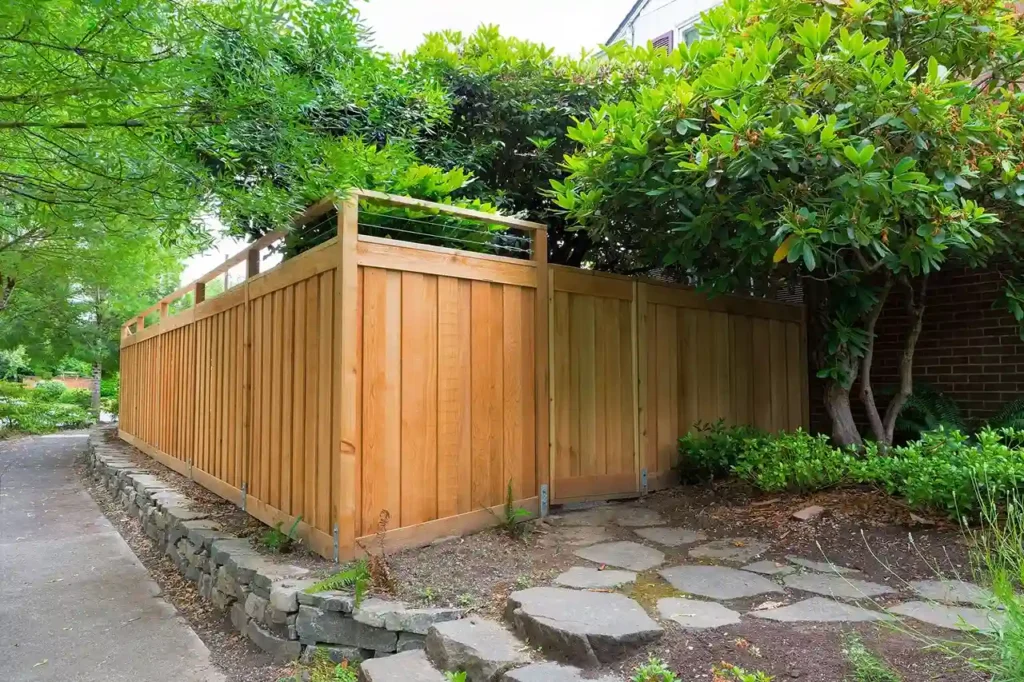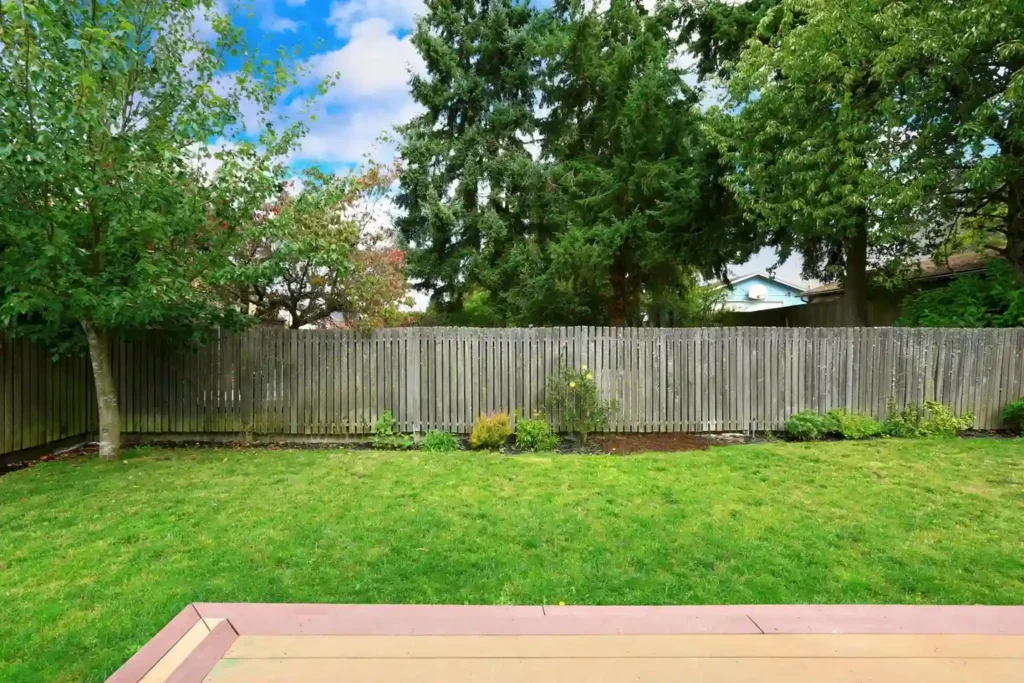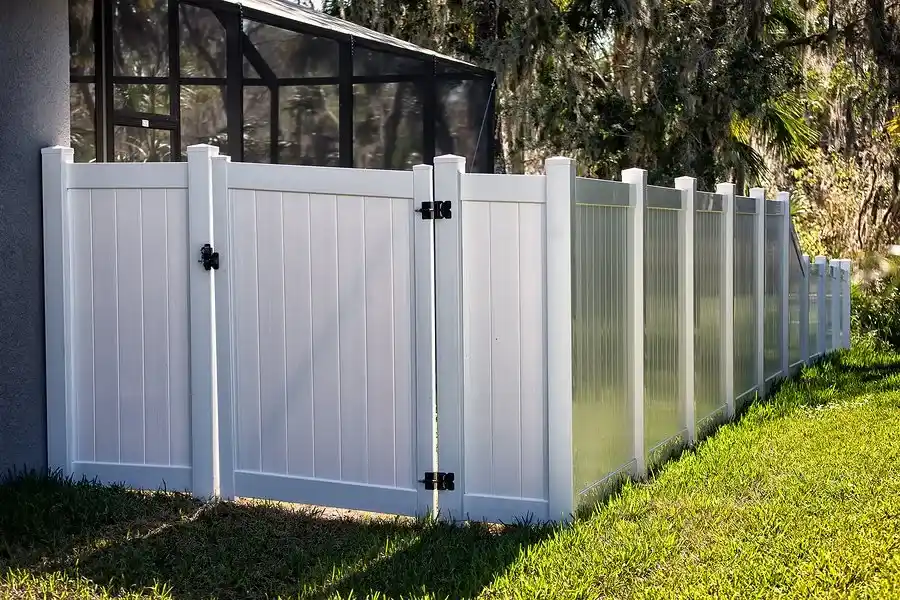Split Rail Fencing: Cost, Types & Installation Guide
When considering a fencing option that combines both aesthetic appeal and functionality, split rail fencing emerges as a preferred choice for many homeowners. It offers a rustic charm reminiscent of early American styles, providing not only a boundary for your property but also enhancing its natural landscape. This guide will explore the various aspects of split rail fencing, including types, costs, and installation tips.
What Is Split Rail Fencing?
Split rail fencing is a type of fence traditionally made from wooden logs that are split lengthwise into rails. Historically, it was utilized on farms due to its efficiency in marking boundaries and availability of wood. In modern times, its rustic appeal has made it popular for residential properties.
While traditionally used for functional purposes, today’s applications of rustic split rail fence have expanded to include decorative uses in gardens and landscapes.
Benefits of Split Rail Fencing
There are several advantages to choosing split rail fencing for your property:
- Its rustic aesthetic appeal makes it a favorite among those looking to complement natural landscapes.
- It is often associated with low material costs compared to other fencing options.
- Installation and maintenance are generally straightforward, making it a popular DIY project.
- Ideal for large properties, farms, and gardens, where long stretches need to be covered economically.
Estimate Your Fence Cost — Fast & Free
Get a Quick Quote With Estimate in Minutes.
Types of Split Rail Fencing
Several different materials and styles are available for split rail fences:
- Cedar split rail fence: A popular choice for its durability and natural resistance to decay. Learn more about cedar fences.
- Pressure-treated wood: Offers enhanced durability due to chemical treatments that resist insects and rot.
- Vinyl split rail fencing: A low-maintenance alternative that resists weathering and does not require staining or sealing.
- Designs include 2-rail, 3-rail, and 4-rail configurations, each providing varying levels of containment and aesthetic styles.
Split Rail Fence Design Ideas
Split rail fencing can be adapted for various design needs:
- Choose rustic split rail styles for ranches and cabins to enhance their natural surroundings.
- Decorative configurations can be used for landscaping accents.
- Consider adding wire mesh to your fence to safely contain pets or livestock.
Cost of Split Rail Fencing
The question how much is split rail fencing can be answered by considering several factors:
- Average cost per foot varies from $10 to $30, depending on materials and labor.
- Cedar vs. vinyl cost comparison indicates that while cedar is cheaper initially, vinyl offers lower long-term maintenance costs.
Utilize our fence calculator to estimate your specific project costs.
Split Rail Fencing Installation Guide
Here’s a brief overview of what’s involved in split rail fencing installation:
- Tools & materials required: Shovel, level, saw, drill, and the fencing materials.
- Step-by-step installation: Begin by marking the fence line, digging post holes, and setting posts. Once secure, attach rails accordingly.
- Whether opting for DIY or professional installation, compare costs and effort involved.
Cedar Split Rail Fence – The Most Popular Choice
Cedar fences are favored for their natural beauty and durability. This wood type offers a longer lifespan compared to untreated options, making it a good investment for long-term projects.
Maintenance & Longevity of Split Rail Fences
With proper care, the average lifespan of a cedar split rail fence is 15 to 25 years. Applying treatments & sealants can protect against weather and insects, extending the fence’s life.
Regular inspection will help determine if repairs or replacements are needed to maintain structural integrity.
Final Thoughts – Is Split Rail Fencing Right for You?
For those seeking a cost-effective yet stylish option, split rail fencing offers a blend of classic charm and practicality. It suits large outdoor spaces needing a boundary without overshadowing natural beauty.
FAQs
Mainly for marking property boundaries and aesthetic purposes.
Typically 15 to 25 years with proper maintenance.
Cedar, pressure-treated, and vinyl.
Between $10 to $30 depending on materials.
Yes, due to its natural resistance to decay.
Yes, especially if you have basic DIY skills.
Primarily in height and containment effectiveness.
Yes, for additional security.
Estimate Your Fence Cost — Fast & Free
Get a Quick Quote With Estimate in Minutes.
Latest Post









